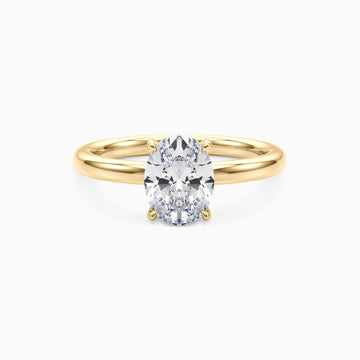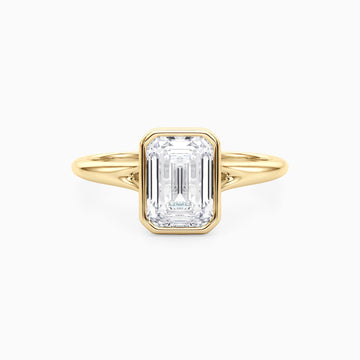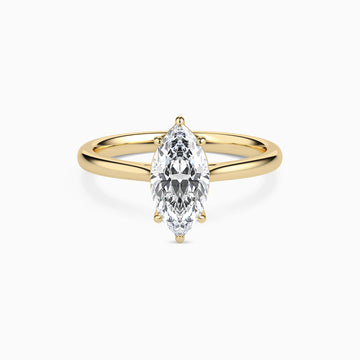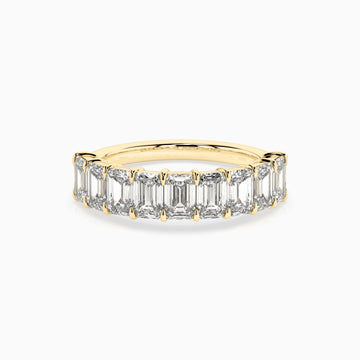CODE |
DESCRIPTION |
| N |
Natural: No modification; natural stones not currently known to be enhanced or have no known modification process. |
| B |
Bleaching: The use of heat, light, and/or other agents to lighten or remove a gemstone’s colour. |
| C |
Coating: Surface enhancements such as lacquering, enameling, inking, foiling, or sputtering of films to improve appearance, provide color, or add special effects. |
| D |
Dyeing: Introduction of coloring matter into a gemstone to give it new color, intensify present color, or improve color uniformity. |
| F |
Filling: Filling of surface-breaking cavities or fissures with colorless glass, plastic, solidified borax, or similar substances to improve durability, appearance, and/or add weight. |
| H |
Heating: Use of heat to effect desired alterations of color, clarity, and/or phenomena. If residue of foreign substances in open fissures is visible under properly illuminated 10X magnification, H and F should be used. |
| HP |
Heating and Pressure: Combined use of heat and pressure to effect desired alterations of color, clarity, and/or phenomena. |
| I |
Impregnation: Impregnation of a porous gemstone with a colorless agent (usually plastic) to improve durability and appearance. |
| IMIT |
Imitation: A simulant, defined as a man-made single crystal product used to simulate the appearance, but not duplicate the characteristic properties, of the natural gemstone it imitates. |
| L |
Lasering: Use of a laser and chemicals to reach and alter inclusions in gemstones, usually diamonds. |
| O |
Oiling/Resin Infusion: Filling of surface-breaking fissures with colorless oil, wax, resin, or other colorless substances (except glass or plastic) to improve the gemstone’s appearance. |
| R |
Irradiation: Use of neutrons, gamma rays, or beta particles (high-energy electrons) to alter a gemstone’s color, possibly followed by a heating process. |
| SYN |
Synthetic: Materials with essentially the same optical, physical, and chemical properties as their natural counterparts. Stones must be referred to as “synthetic ruby,” “laboratory-grown sapphire,” “lab-created emerald,” etc. |
| U |
Diffusion: Use of chemicals in conjunction with high temperatures to produce artificial color change and/or asterism-producing inclusions. |
| W |
Waxing/Oiling: Impregnation of a colorless wax, paraffin, or oil in porous opaque or translucent gemstones to improve appearance. |








